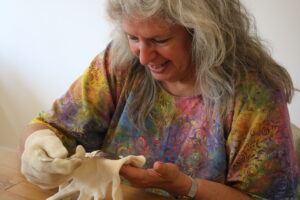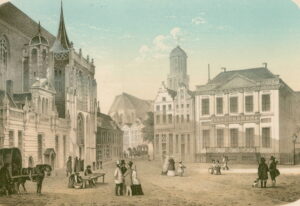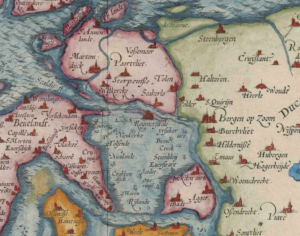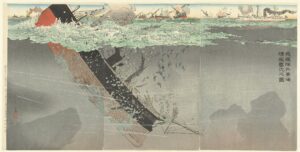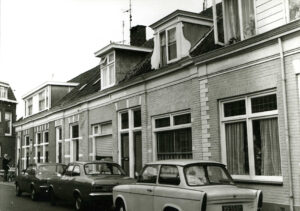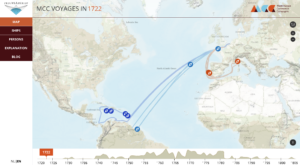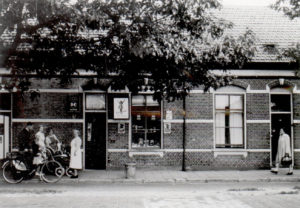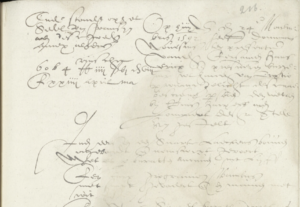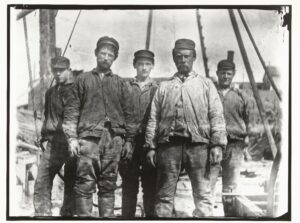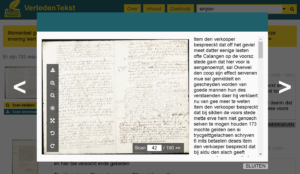Hessel de Walle created a wonderful website with texts of graves in churches, mourning signs, stones with names, silverware, signet rings, etc in Friesland. In many cases, this includes a photo of the object. The website has the following search options: Gemeente: Municipality Plaats: Town Typen: Types. Achternaam: Last name Voornaam: First name Patronymicum: Patronymic Beroep: Occupation Foto: Photo Portretzerk: Grave portrait Latijn gebruikt: Latin … [Read more...]
About this website
Creating a website like this is a fun activity. There are so many options, so many choices. What do visitors want? What do I want? In this blog I will describe some of the things I encounter in developing and maintaining this website.
Dutch Genealogy News for July 2023
Here is an overview of the new sources, projects and other news announced last month. Sources The colonial records of Curacao, Bonaire and Aruba 1828-1845 have been digitized. Scans are available via the finding aid at the Nationaal Archief website. These records contain government, court, and notarial records and are crucial for researching ancestors who lived in the colony, encluding enslaved ancestors. Dutch documents from New Paltz in New York from the 1600s and early 1700s have … [Read more...]
Quick tip – Drowned Places
The Netherlands is located in the delta of several of Europe's major rivers, including the Rhine, the Scheldt, and the Meuse. Over time, more than a hundred villages and cities in the Netherlands were lost to water. In a few cases, catastrophic floods washed away a whole town, like during the St. Elisabeth Flood of 1421. In other cases, repeated smaller floods caused people to abandon a place. This happened in West-Vlieland and Reimerswaal, for example. It could also be that the townsfolk … [Read more...]
A Cautionary Tale about Works in Progress
Here's a cautionary tale for all of us have multiple unfinished projects underway. I was just going through correspondence with someone I worked with on New Netherland/colonial New York projects on occasion. He was a prolific author who had several articles published in peer-reviewed journals. At one point he shared a list of his works-in-progress with me, which included: 55 articles 5 books about New Netherland families, including a genealogical dictionary of early settlers of one … [Read more...]
Quick Tip – Check the websites of the archives
Not all information that is kept in Dutch archives is available via national websites like WieWasWie or Open Archives. You can check the map of archives in the Netherlands to see where the records are kept for the place where your ancestors lived. Often, the websites of the archives will have additional information. This can include images of the towns, finding aids with scans of unindexed records, or newspapers. You may even be able to find photos of the streets where your ancestors lived. … [Read more...]
Dutch Genealogy News for June 2023
Here is an overview of all the new sources, projects, websites and other news announced last month. Sources Residence cards of Voorburg 1922-1939 have been indexed and can be consulted at the Haags Gemeentearchief website. These cards list the residents per address. Several church records from the east of North Brabant have been added to the BHIC website. The photo collection of Johan van Eerd is now available via the BHIC website. These include photos from the 1930s-1970s, including … [Read more...]
Quick Tip – Did the boundaries change?
Over the past two hundred years, Dutch municipalities have seen many boundary changes. In the past 50 years especially, many smaller municipalities have merged to form larger municipalities. Understanding these boundary changes can help you figure out if your ancestor moved, or if they continued to live in the same place but the municipality changed. For an overview of all municipalities in the Netherlands since 1811 including boundary changes, see the website Gemeentegeschiedenis. Example: … [Read more...]
How I use AI in my work
Last week, I wrote a post about using handwritten text recognition software to automatically transcribe records. Several people have asked me if and how I use AI for my business, so I thought I would clarify. Handwritten text recognition technology I use handwritten text recognition technology for my personal research and client projects. For one client, Roberta Estes of DNA Explained, I traced a line back to Harlingen, Friesland in the early 1600s. There were earlier records available, but … [Read more...]
Ask Yvette – Difference between arbeider, werkman, dagloner
A reader asked me what the difference is between the occupations arbeider, werkman, and dagloner. Arbeider and werkman are synonyms and both mean "laborer." These are usually people who work for an employer for a longer period of time, typically a year, in return for an annual wage. A dagloner is a day laborer, somebody who does not have a fixed employer but is hired and paid per day. All these occupations perform manual labor, typically unskilled, for an employer. Laborers were usually … [Read more...]
Using AI for Transcriptions: VerledenTekst
My friend Willem Vermeulen and I have been playing around with AI the past few weeks to try software for handwritten text recognition. We've been using it to transcribe records of Oosterhout in Noord-Brabant, where we both have ancestors. Short version: it is a game-changer and will forever change how I do genealogy. Loghi The software we used is Loghi, Linux-based software developed by the KNAW (royal Dutch academy for sciences) in collaboration with the National Archives. It is available … [Read more...]
